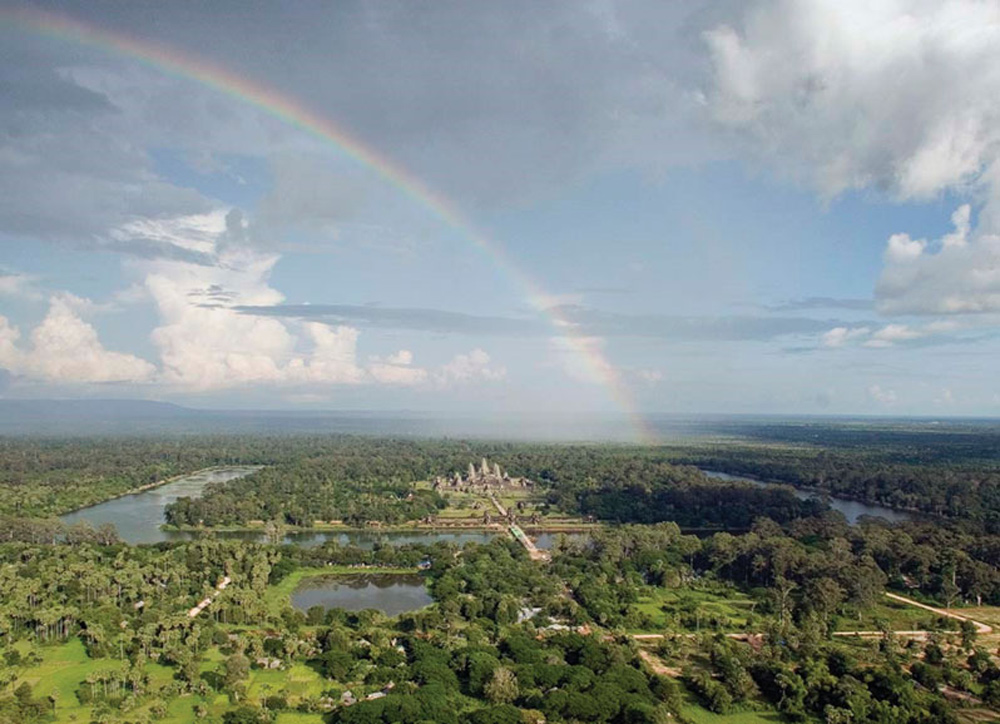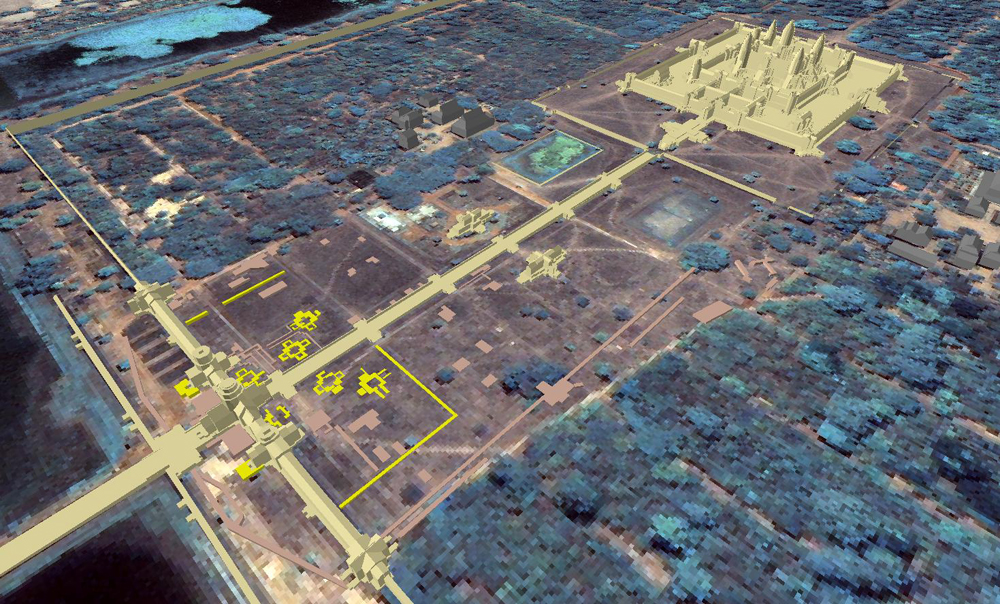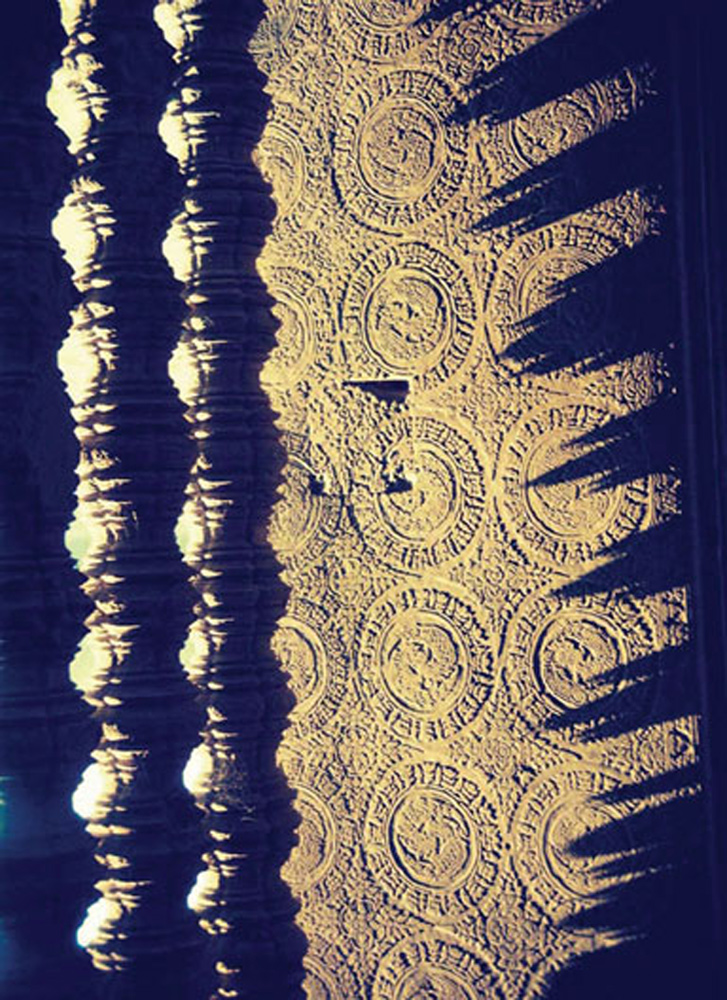In Photos: Stunning Discoveries at Angkor Wat
Archaeologists have made several stunning discoveries at the 12th-century temple called Angkor Wat in Cambodia. Buried towers and huge spirals made out of sand are just a few of the secrets revealed at the ancient monument. Here's a look at some of their findings. [Read the full story on Angkor Wat discoveries]
Mystery and beauty
In a series of articles published recently in the journal Antiquity, researchers describe their discoveries from Angkor Wat — a temple built in the 12th century that was dedicated to the god Vishnu. Later it was converted into a Buddhist temple.
The new discoveries include a massive structure — almost a mile long — that contains rectispiral designs. The discoveries also include the remains of eight towers that may have been part of a shrine that was used while Angkor Wat was under construction.
The image shows Angkor Wat from the west. (Image courtesy of Mike Coe)
Distinct look
The remains of the structure with the spiral design can be seen in this image. The image was taken using a laser-scanning technology known as LiDAR. It allows for structures to be detected beneath vegetation and modern development (which is highlighted in red).
Get the world’s most fascinating discoveries delivered straight to your inbox.
The structure is made of sand, and is about 1,500 meters by 600 meters (about 1 mile by 1,970 feet) in size and its purpose is unknown. (Image courtesy Khmer Archaeology Lidar Consortium, KALC)
Looking at long gone lives
The LiDAR images have allowed archaeologists to detect new structures, including the remains of residences and pools used by those who serviced Angkor Wat. They've also detected remains from the wider city of Angkor. (Image courtesy Khmer Archaeology Lidar Consortium, KALC)
Unexpected discoveries
Archaeologists also reported in the journal Antiquity that they had discovered the remains of eight towers near the western gateway of Angkor Wat. The location of the tower remains can be seen in this image. Some of the towers appear to form square patterns and may have been used to support a shrine that was in use while Angkor Wat was being built. (Image by Till Sonnemann and image base courtesy of ETH Zurich)
Tradition and technology
The remains of the towers were discovered using a combination of ground-penetrating radar and excavation. This image shows ground-penetrating radar being conducted at Angkor Wat. (Image courtesy Till Sonnemann)
Out with the old
Excavation was used to study remains of the now buried towers. The towers appear to have been demolished sometime after construction on Angkor Wat's western gateway began. (Image courtesy Till Sonnemann)
Unique creations
This image illustrates another interesting feature at Angkor Wat: Shadows in the shape of the central towers of Angkor Wat produced by the late-afternoon sun shining through carved pillars in the windows of the galleries. This effect was noted in an Antiquity article. (Image courtesy Christophe Pottier)
Follow us @livescience, Facebook & Google+.

Owen Jarus is a regular contributor to Live Science who writes about archaeology and humans' past. He has also written for The Independent (UK), The Canadian Press (CP) and The Associated Press (AP), among others. Owen has a bachelor of arts degree from the University of Toronto and a journalism degree from Ryerson University.









